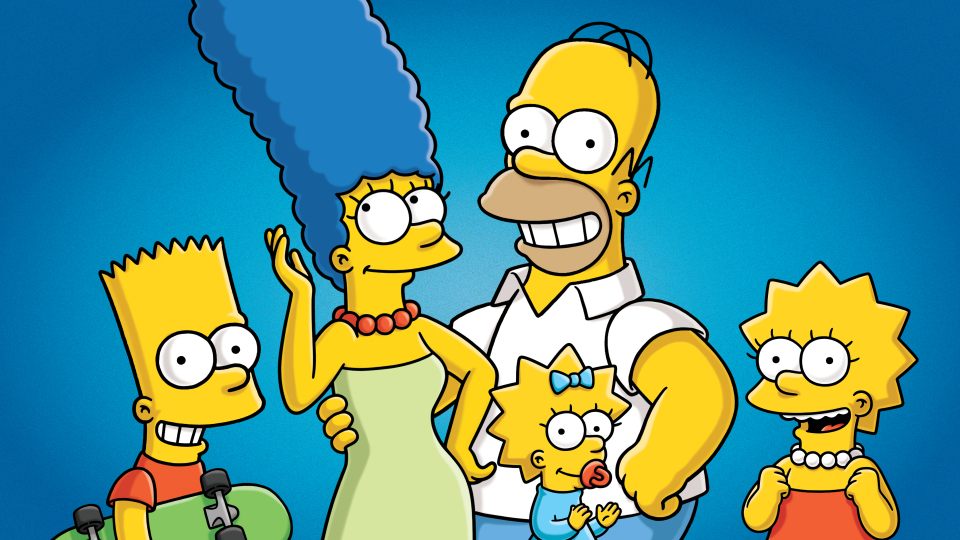American animation has come a long way since its inception, evolving into a dynamic and influential art form that has left an indelible mark on global culture. From the pioneering days of hand-drawn animation to the digital wonders of the present, the history of American animation is a tale of creativity, innovation, and storytelling magic.
The History of American Animation
American Animation – A Glimpse into the Past

The history of American animation can be traced back to the late 19th century when inventors like Thomas Edison and Émile Reynaud experimented with early motion picture devices. These nascent efforts paved the way for the first animated creations that captured the imagination of audiences.
The Birth of Iconic Studios and Characters
In the early 20th century, animation studios like Walt Disney’s studio took center stage. Disney’s creation of “Steamboat Willie” featuring the beloved Mickey Mouse marked a pivotal moment, propelling animation into mainstream entertainment. Characters like Betty Boop and Popeye soon followed, enchanting audiences with their antics.
The Golden Age of Animation
The Golden Age of American animation spanned from the 1930s to the 1950s. This era saw the rise of full-color animations and the birth of legendary characters such as Bugs Bunny, Daffy Duck, and Tom and Jerry. Studios like Warner Bros. and MGM produced timeless classics that continue to captivate viewers of all ages.
Innovations in Animation Techniques
The History of American Animation has been a playground of innovation. The 1940s introduced the concept of rotoscoping, a technique that blends animation with live-action footage. This innovation paved the way for dynamic visuals in films like “Snow White and the Seven Dwarfs.” Later, the advent of xerography streamlined the animation process, making it more efficient.
The Digital Revolution
The late 20th century witnessed a seismic shift in animation with the emergence of computer-generated imagery (CGI). Pixar’s “Toy Story” (1995) marked the first feature-length CGI film, revolutionizing the industry. CGI offered a new level of realism and opened doors to limitless creativity, giving rise to films like “Finding Nemo” and “Shrek.”
American Animation Today
The 21st century animation landscape is a fusion of traditional techniques and cutting-edge technology. Studios like Disney and DreamWorks continue to create enchanting hand-drawn animations, while others like Illumination Entertainment and Blue Sky Studios push the boundaries of CGI.
Exploring the Evolution of Animation Styles
Diverse Animation Styles – A Visual Journey
Throughout the history of American animation, various styles have emerged, each with its unique charm. From the whimsical, exaggerated movements of slapstick comedy to the meticulous attention to detail in realistic animation, the art form has continually evolved to suit changing tastes.
- Classic Hand-Drawn Animation: The early days saw animations meticulously crafted frame by frame. This style imparts a warm, nostalgic feel that resonates even in today’s digital age.
- Stop Motion Animation: The art of bringing inanimate objects to life, as seen in the works of Tim Burton and Aardman Animations. The painstaking process results in a tactile and distinct visual appeal.
- CGI Animation: The digital revolution birthed CGI animation, enabling lifelike characters and intricate worlds. This style’s versatility ranges from the dreamy landscapes of “Avatar” to the zany characters of “Despicable Me.”
- 2D and 3D Animation Hybrid: Some recent films seamlessly blend 2D and 3D animation, creating a unique aesthetic that captures the best of both worlds.
The Legacy of American Animation
The Impact on Popular Culture
The history of American animation has transcended entertainment to become an integral part of popular culture. Iconic characters like Mickey Mouse and Bugs Bunny are cultural touchstones, instantly recognizable worldwide. These characters have graced everything from merchandise to theme park attractions, cementing their status as enduring symbols of joy.
Animation’s Influence on Film
The techniques and innovations developed in animation have often spilled over into other cinematic realms. Concepts like storyboard visualization and special effects owe their origins to animation. The art of storytelling through animation has also influenced how narratives are crafted across genres.
FAQs
Q: What was the first-ever animated film in America?
A: The first American animated film was “Gertie the Dinosaur,” created by Winsor McCay in 1914.
Q: Who is considered the pioneer of modern animation?
A: Walt Disney is widely regarded as the pioneer who shaped modern animation into what it is today.
Q: How did the introduction of sound impact animation?
A: The introduction of sound in animation led to the creation of the first synchronized sound and visual cartoon, “Steamboat Willie,” starring Mickey Mouse.
Q: What is the significance of the Multiplane Camera?
A: The Multiplane Camera, introduced by Disney, added depth to animation by allowing separate layers of artwork to move independently.
Q: How has CGI transformed animation?
A: CGI has revolutionized animation by enabling realistic visuals, complex physics simulations, and the creation of entirely digital worlds.
Q: What is the longest-running animated TV show in America?
A: “The Simpsons” holds the record as the longest-running animated TV show in America.

Conclusion
The history of American animation is a mesmerizing journey through time, highlighting the evolution of artistic techniques, storytelling prowess, and technological innovation. From the humble beginnings of hand-drawn sketches to the dazzling CGI spectacles of today, animation continues to captivate hearts and minds, reminding us of the power of imagination.
Thank you for visiting Animaders! If you enjoyed this content, please consider liking and subscribing to our website for more amazing content. Your support helps us create even more great content and keep Animaders growing. Thanks again!


















